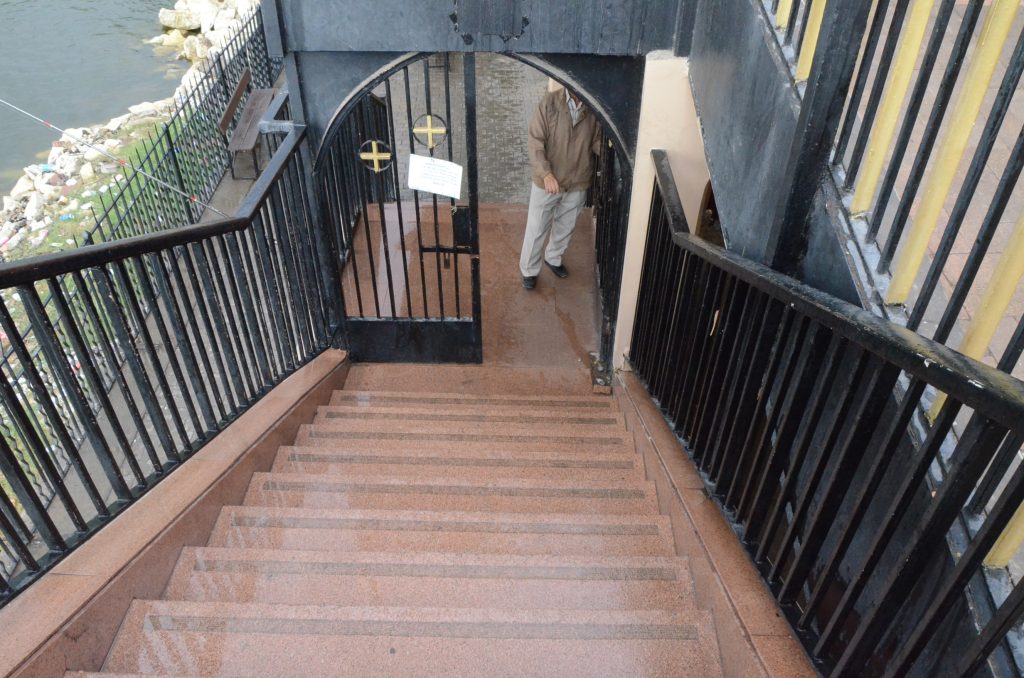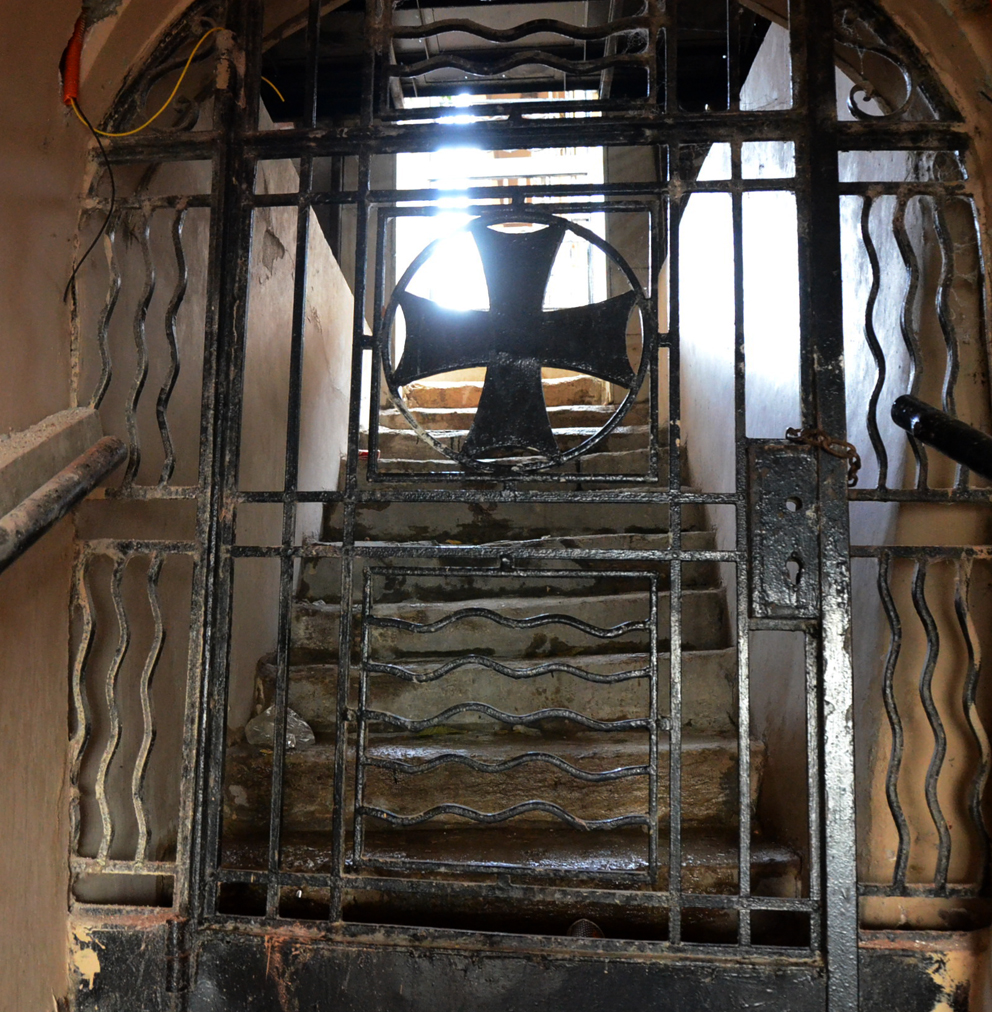After the Holy Family left the area of Old Cairo heading south, they reached the present-day Maadi area, which was at the time the outer border of Memphis, the capital of ancient Egypt.
In the Maadi region, on the eastern side of the Nile, the Holy Family crossed the Nile in a sailboat heading towards the south (Upper Egypt). Currently, this crossing point is where the Church of the Virgin Mary is built.
This area was known throughout history by several names, including: “Ti Kalabi”, likely a Byzantine word and “Bustan Al-Adawiya”, in relation to a wealthy woman named “Adawiya” who arrived from Morocco in the days of Al-Muizz Li-Din Allah Al-Fatimi and stayed in this place. It was also called Miniyat al-Sudan because Sudanese soldiers were camping there. Then, it was called “Maadi al-Khubari” after a man who was in charge of the Nile Ferry in the 16th century, and his name was “Ali al-Khubari”.
Finally, it was called “Maadi”, meaning a collection of ferries, due to the existence of ferries to cross the Nile there, as the shortest way to cross the desert from Suez and meet the Nile was near Maadi, and the caravans of the ancient Egyptians, Romans or Arabs took their way from the Red Sea at Suez through ancient passages in the adjacent desert to Maadi, then they land near Maadi, and they take the boats from there to Memphis or the Babylonian fortress, hence the name Maadi. Until the end of the forties of the twentieth century, Maadi was administratively subject to the Giza Governorate, in Al-Basateen district.
The Church of the Blessed Virgin is located in Maadi, in the Maadi suburb of Cairo, about 13 km south of Ramses Square in Cairo, and directly on the eastern side of the Nile, taking an excellent tourist and archaeological site, which makes it one of the important tourist attractions, especially because of the passage of the Holy Family by it. In fact, the stone staircase on which the Holy Family descended to the bank of the Nile still exists, and it has a shrine that opens from the churchyard and an iron gate to preserve it. It is distinguished by its three domes, which are considered a model for Coptic churches.












